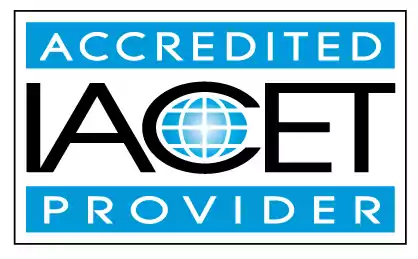Describe the stages of grief and the different ways children react to grief and stress.
Learn about the stages of grief and how children cope with grief and stress in this comprehensive guide. Understand the difference between unintentional and nonfatal injuries that children may encounter. Gain valuable insights for early childhood education and child care centers.Trainings incorporating this outcome
CDA Subject Areas
Proficiency Level
Target Audience
Topic Areas
States
Alabama (10) Alaska (10) Alberta (14) Arizona (10) Arkansas (7) Australia (10) British Columbia (1) California (10) Colorado (10) Connecticut (10) Delaware (10) District of Columbia (10) Florida (10) Georgia (8) Hawaii (10) Idaho (10) Illinois (6) Indiana (10) Iowa (10) Jamaica (8) Kansas (10) Kentucky (6) Louisiana (10) Maine (10) Manitoba (8) Maryland (14) Massachusetts (10) Michigan (10) Minnesota (10) Mississippi (10) Missouri (5) Montana (10) Nebraska (8) Nevada (9) New Hampshire (10) New Jersey (6) New Mexico (10) New York (8) Newfoundland and Labrador (10) North Carolina (6) North Dakota (10) Nova Scotia (8) Ohio (10) Oklahoma (10) Ontario (6) Oregon (8) Pennsylvania (10) Prince Edward Island (8) Puerto Rico (10) Quebec (8) Rhode Island (10) Saskatchewan (10) South Carolina (6) South Dakota (10) Tennessee (5) Texas (8) Thailand (8) United Kingdom (8) Utah (10) Vermont (10) Virgin Islands (9) Virginia (10) Washington (10) West Virginia (10) Wisconsin (10) Wyoming (8)
120 hours courses
45 hours courses
30 hours courses
6 hours courses
5 hours courses
2 hours courses
Related Outcomes
- Describe the difference between unintentional injuries and nonfatal injuries children can experience.
- Give examples of strategies caregivers can teach young children to cope with grief in healthy ways.
- Recognize that children develop independence at different stages.
- Describe Piaget’s sensorimotor and preoperational stages of cognitive development.
- Identify different types of barriers for mixed ages with disabilities and ways to adapt curriculum to fit their needs.
- Identify different learning styles of young children
- Give examples of ways to collaborate with other professionals involved in the care and education of all children and youth.
- Identify ways to support children’s development using the arts.
- Demonstrate an understanding of the cognitive and language stages of development in children five to twelve years of age
- Describe the rights of children and families and their relation to home visiting.
- Define active play in the early childhood classroom and describe its benefits for young children.
- Describe the importance of providing opportunities for children to practice independence.
- Teachers will identify different ways to communicate with families
- Describe ways that coaches and mentors can observe and assess coachees and mentees.
- Identify the most common sources of stress for young children.
Related Articles
- My Five Senses
- Advocacy and Preparedness: The keys to protecting our Children
- Healing Young Hearts
- The Power of Play
- The Emotional First Aid Kit for kids: Grounding Techniques, Calming Exercises, and Comforting Words
- A Whisper in the Night: The Emotional Journey of Parents Navigating the Unknowns of SIDS
- Little Zen Masters: Ways to Incorporate Mindfulness into Play to Help Navigate Emotions
- Jingle All the Way to Emotional Regulation: Teaching Kids to Manage Holiday Stress
- Trauma and Tantrums: How Stress Shapes Behavior (and How to Help)
- Funny anecdotes and advice for helping children navigate holiday stress and overstimulation
- How to Make Your Circle Time More Inclusive for All Learners
- Cookies, Carols, and Calm: Trauma-Informed Care for Holiday-Anxious Kids
- Georgia Childcare Providers: This Certification Could Change Your Career Forever!
- 🗣️ How Can I Talk to Parents About Bullying Without Blame or Conflict?🤝
- Why Emotional Literacy Is the New Literacy
- How to Support “Spirited” Children Without Burning Yourself Out
- How Do I Talk to Parents About Behaviors Their Child Learned at Home? 🏡🗣️
- How to Decode Children’s Behavior Without Guessing or Overreacting
 12 CEUs
12 CEUs